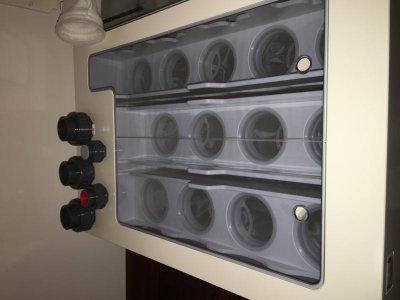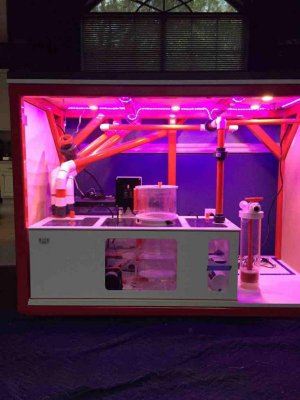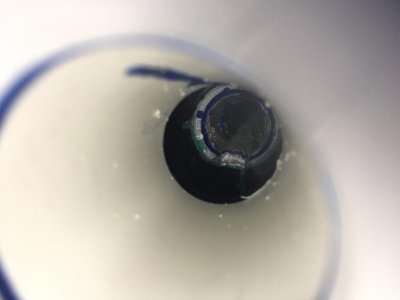I saw you said there were flaws- but you didn't exactly say what they are. The hole in the syphon u bend as an example- you said it's a flaw, but didn't explain why. If the hole in the siphon line remains submerged, it isn't really an open line, though, right? If during normal operation, the hole is completely submerged, and doesn't pull air, it's functioning as a syphon line.
Also, i don't think you really answered the main question. If the distance the water has to drop is the same in a BA and an external box type, why do you say that the thin boxes don't have enough head to fully clear air out of the syphon?
Im just trying to understand this setup and partially knowledgeable regarding the history of this thread and the discussions. I don't want to step in any toes, but also would like clarification on some points.
Thanks for your time
Sent from my iPhone using Tapatalk
Also, i don't think you really answered the main question. If the distance the water has to drop is the same in a BA and an external box type, why do you say that the thin boxes don't have enough head to fully clear air out of the syphon?
Im just trying to understand this setup and partially knowledgeable regarding the history of this thread and the discussions. I don't want to step in any toes, but also would like clarification on some points.
Thanks for your time
Sent from my iPhone using Tapatalk





